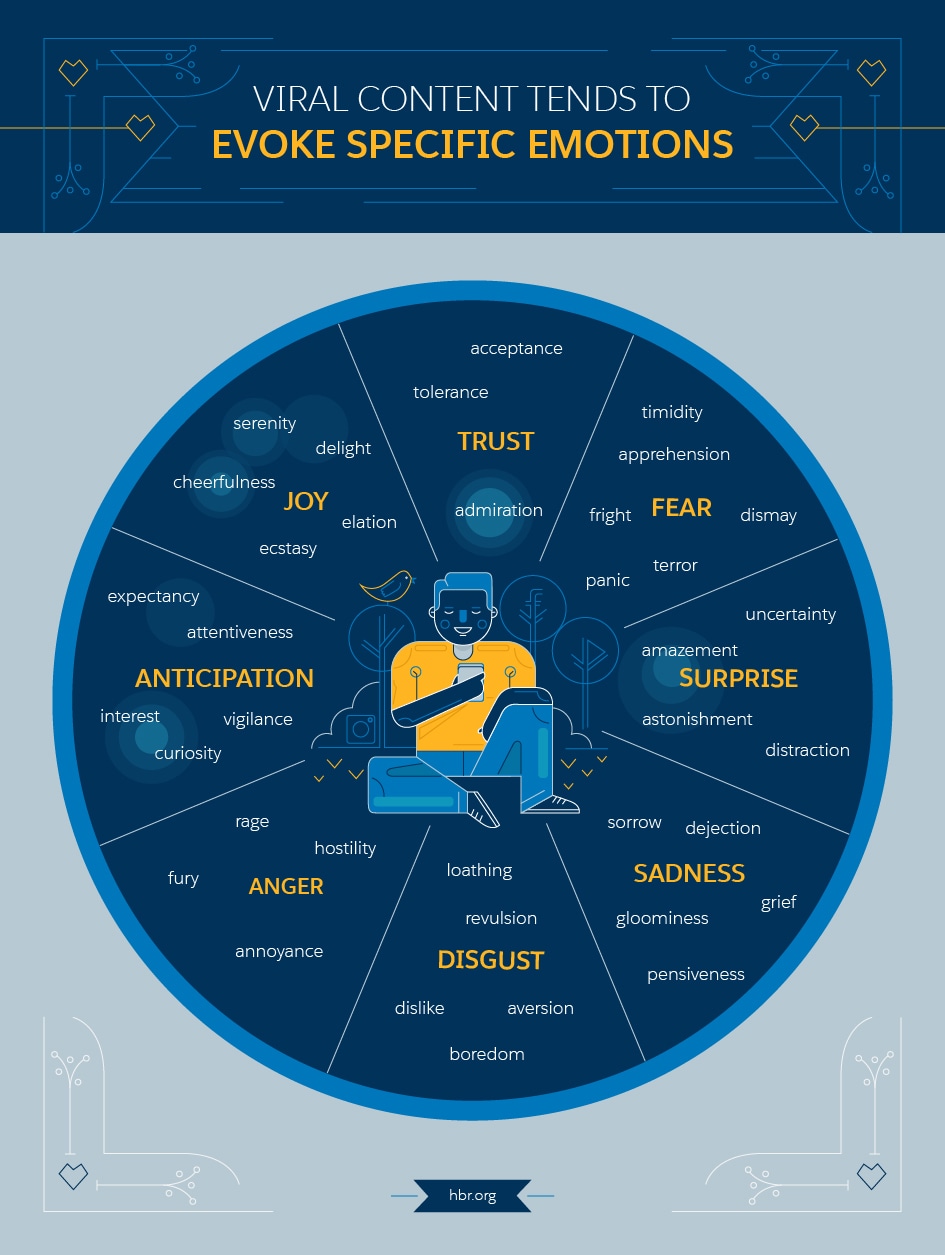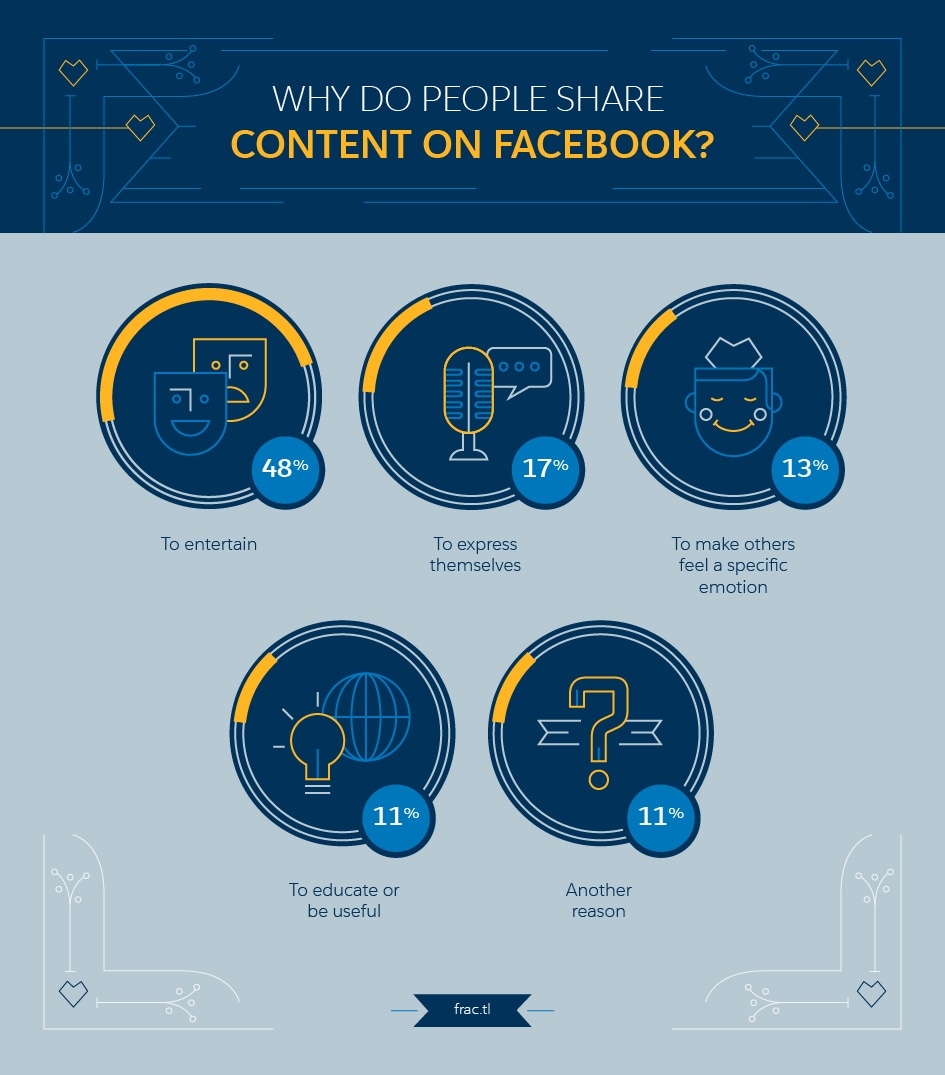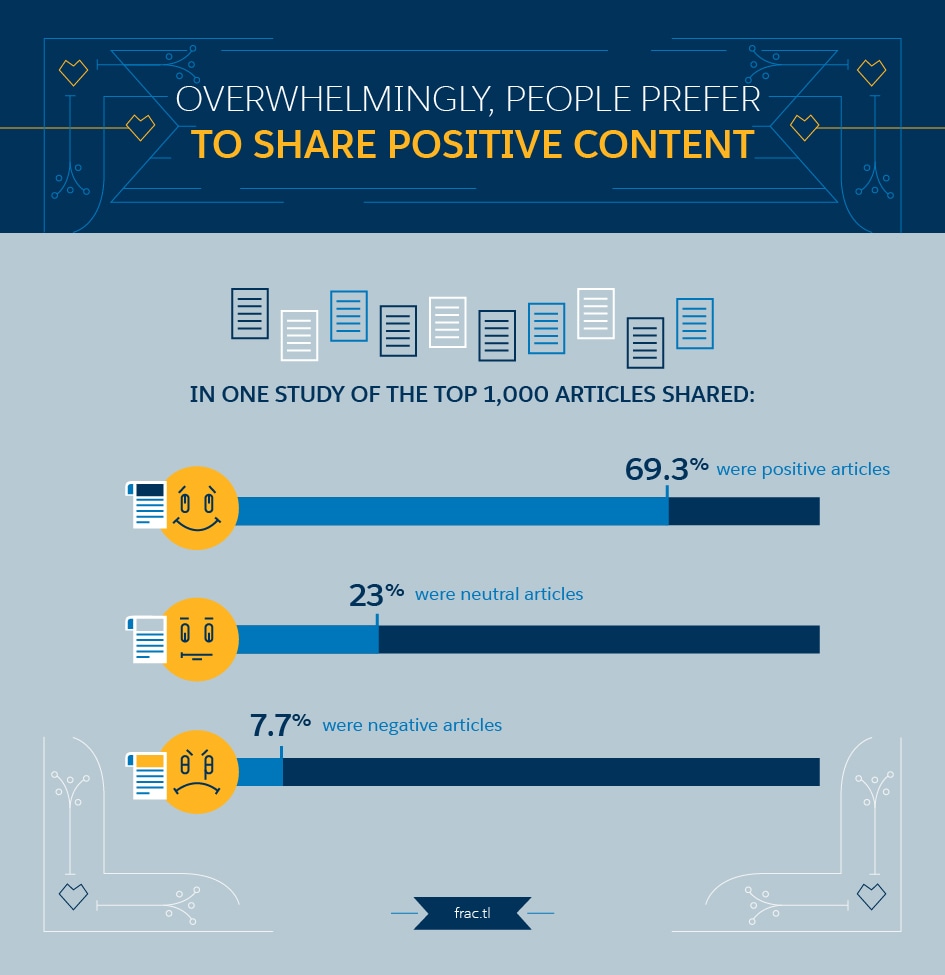When social media content first started going viral, with videos from everyday people suddenly getting millions of views seemingly overnight, businesses began looking for ways they could replicate that effort. Some companies have been successful with commercials (such as the VW Darth Vader Super Bowl commercial), and others have used tweets, photos, and other promotions to make it big on social media. However, not all companies can create a piece of content that’s worthy of going viral, nor are companies prepared to handle the outcome of a viral post.
In order for a campaign to work, companies need to be ready for the onslaught of responses. Downed servers, unprepared fulfillment challenges, and unprepared customer service response can make a viral social media campaign falter. After all, hoping to go viral only works when you actually think you will. Here are some of the main points to consider when creating a viral campaign.
Use Social Media to Engage, Connect, and Reach Your Goals
If your content strategy isn’t well planned, your campaign won’t get off the ground. You can have a great giveaway, where the prize is a free trip or even a MacBook, but if your photos, text, and videos aren’t appealing, that effort will struggle to hit your goals and benchmarks. This is a mistake many marketers make — they believe any sweepstakes or free swag guarantees viral status, and that’s just not the case. Generally, content that goes viral isn’t even offering anything for free; it becomes popular simply because it strategically captures users’ attention.
Viral content tends to evoke specific emotions
Joy
- serenity
- cheerfulness
- delight
- elation
- ecstasy
Trust
- acceptance
- tolerance
- admiration
Fear
- timidity
- apprehension
- fright
- dismay
- panic
- terror
Anticipation
- expectancy
- attentiveness
- interest
- vigilance
- curiosity
Anger
- Rage
- Fury
- Hostility
- Annoyance
Disgust
- loathing
- revulsion
- dislike
- aversion
- boredom
Sadness
- sorrow
- dejection
- grief
- gloominess
- pensiveness
Surprise
- uncertainty
- amazement
- astonishment
- distraction

One great example of this is security camera Nest Cam and their #CaughtOnNestCam campaign. They highlighted real footage from customers’ cameras, which included everything from a bear sighting to funny package deliveries caught in the act. Because Nest relied on user-generated content (UGC), they also created a built-in trust factor. When users see actual customer-supplied footage, it makes them more interested in the content since it’s from real people just like them.
If you don’t want to go the UGC route, consider using humor or unique visuals to make your campaign pop. IHOP does a great job with its Tumblr page. They share visually appealing, modern shots and capture what’s trending online, so their Tumblr posts are regularly shared by other users. Their user base gives them an opportunity to not only grow ongoing engagement, but to have a built-in audience for special promotions and announcements about new menu items or seasonal promotions.
As you build out your campaign, create a goal for what you want your content to accomplish. Is it to attract more followers, increase the number of email subscribers, or improve sales? Then work backward to figure out which metrics would best track these goals. For instance, if a 25 per cent increase in product sales is your goal, getting a higher click-through rate (CTR) may be a good metric to track. (Just remember that tracking sales doesn’t always show the whole picture.) Increasing follower count usually coincides with increasing user engagement, so be sure to track the metrics that matter most to your goals as you build and roll out your campaigns.
Connect Your Social Media Campaigns to Email Marketing
Email campaigns work in tandem with social media campaigns to create a cohesive push toward your end goal. Use the same branding and visuals in your emails to reach users with similar messaging in multiple mediums. This helps ensure that users who may have not seen your posts on Twitter will see something similar in their inboxes. For users who have already engaged on social media, this repeat messaging can help increase conversions and brand recognition.
Companies often don’t realize their social media efforts aren’t working with email to drive brand recognition: It’s working to drive email subscriptions themselves. For this, an effective tie-in to email marketing are drip campaigns, which is a series of automated emails sent to customers over a specific amount of time when they complete specific actions, such as subscribing to an email list after clicking through a social media post.
At each step in a campaign, tracking metrics can help determine which aspects of the project are doing well and what needs to be improved or scaled to a greater focus. Email metrics that need to be tracked include open rate (the percentage of users who open the email), click-through rate (CTR), and conversions (are users doing what you want them to?).
Viral content tends to evoke specific emotions
- 48% to entertain
- 17% to express themselves
- 13% to make others feel a specific emotion
- 11% to educate or be useful
- 11% another reason

Use Social Media and Email Campaigns to Encourage Visits to Landing Pages
For promotional social media and email content that drives users to complete a specific action, such as buy a product or enter a sweepstakes, the proper landing page is key.
Landing pages should be designed and written to perform based on these three metrics:
- Increased time on page: The longer time a user spends on a landing page, the more likely they are to buy the product (or perform the action you’ve deemed a conversion).
- Increased conversion rate: If a landing page is optimized properly, the ratio of visitors to sales should increase.
- Decreased bounce rate: A landing page should be intriguing and inspire users to explore other pages on the site.
For better metrics (especially conversion rate), include a call-to-action (CTA) on every landing page. Most marketers include a CTA button or banner in the middle of the page and at the end, though it can also appear in the text, depending on natural fit and length.
A good landing page can help make your social media content, especially any viral posts, turn into something worthwhile for the company. While a great viral video or tweet is good for brand awareness, it may not always translate into revenue. Set up a directive for your social media content in the form of a conversion goal, and then build the email campaigns and landing pages to support it.
Overwhelmingly , people prefer to share positive content
In one study of the top 1,000 articles shared:
- 69,3% were positive articles
- 23% were neutral articles
- 7,7% were negative articles

Do You Have the Resources to Run a Viral Campaign?
Some brands may not be prepared for their own viral success. When you build your content, landing pages, and email campaigns, make sure you have the proper resources in place to handle the possible load that millions of views, visits, or retweets could have on your brand. Some areas to prepare include:
Website Hosting
Can your hosting plan and provider support a sudden influx of traffic? Many well-intentioned brands can’t handle the load on their website, which causes it to crash. Make sure you have the back-end resources to be able to scale hosting as needed to handle higher-than-average traffic. Ask the experts what resources you need in order to scale properly.
Customer Listening
A viral campaign leads to more questions, comments, and interest in your business and its products. Can your social media and customer service support staff handle the probable increase in social media messages, support requests, or emails that come with a viral campaign? Build out a process for popular posts and make sure you have enough support. Otherwise, your popularity might backfire if customers get upset that you aren’t answering them quickly.
Proper Inventory
If your content features a specific product or service, do you have inventory in place? Your campaign may take off with more enthusiasm than you expect. If you only have a limited inventory, make sure you list a cap in the beginning of your promotions. This can be a benefit, as it appeals to the sense of fear of missing out (FOMO). For instance, “We only have 1,000 hoodies at this special price” gives a greater sense of urgency than “We have hoodies on sale for $9.99.” Estimate the amounts of your product you’ll need for your campaign ahead of time.
Additionally, consider other potential issues that could be unique to your business and its offerings. Imagine the best-case scenario and think about what you need to scale to that point. Even if you don’t hit your “dream” goals, you’ll be prepared just in case.
Create a Roadmap for Your Future Campaigns
If you have a viral social media campaign, don’t make a one-hit wonder. Evaluate what aspects of your campaign worked. If your conversion rate was higher with your email campaigns than Facebook ads, it may be beneficial to spend more time and resources on email campaigns than social media ads the next time.
Focus on the metrics from each project. What did well, and what was lower than your expectations? If you had a great conversion rate, but your website bounce rate was high, consider offering a few related offers or pieces of content to drive users to other areas of your site. If your sweepstakes got a lot entries, but not a lot of engagement, consider bonus entries for social sharing or UGC. Experiment based on what the data tells you in order to work toward regularly engaging content, not just a massive hit everyone will forget in a month.
Find more tips for using social media for your business in our ebook, “#Winning at Social: 4 Steps to Enhance Your Social Media Strategy.”
Share "Why Going Viral Doesn’t Guarantee Social Media Success: Methods and Metrics You Need to Know" On Your Site




